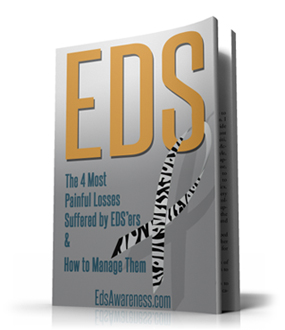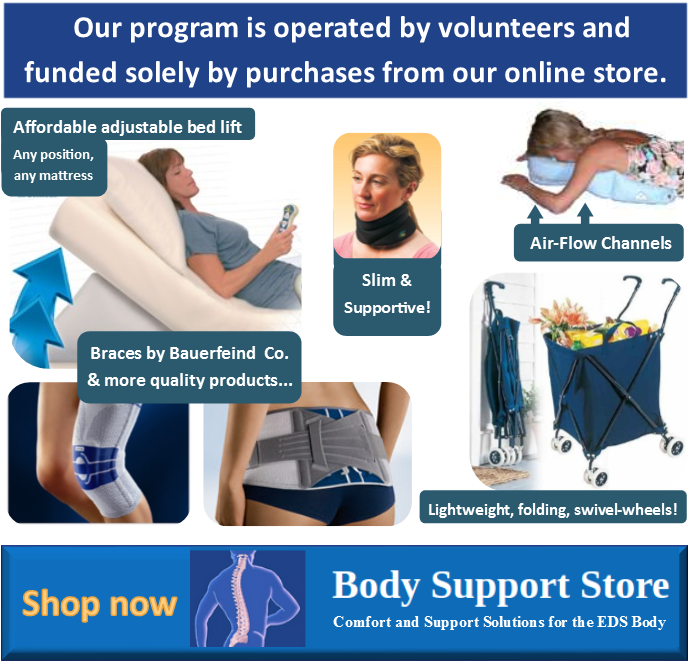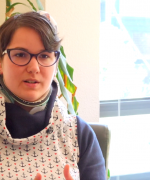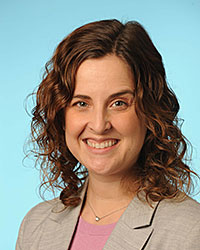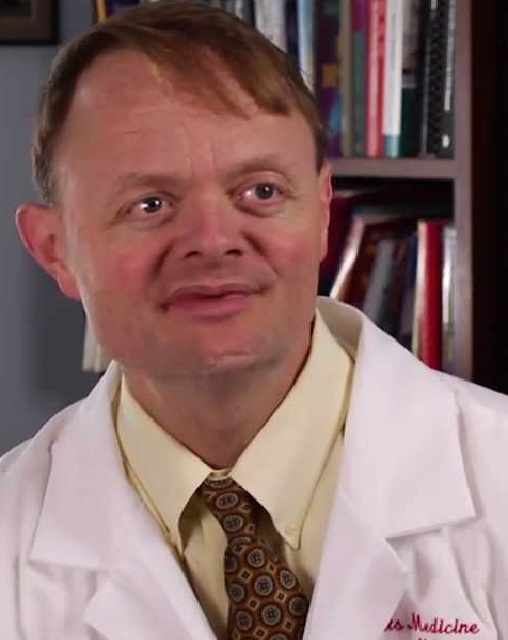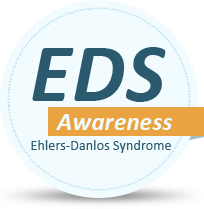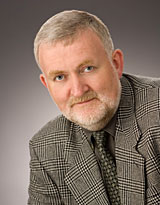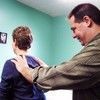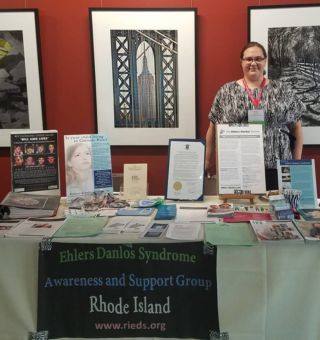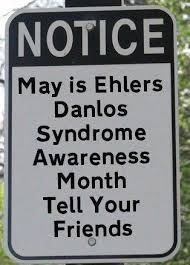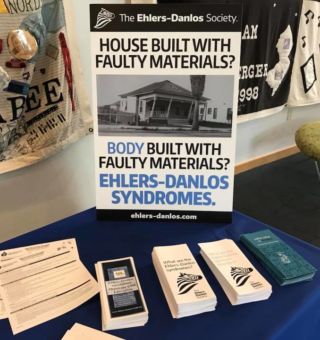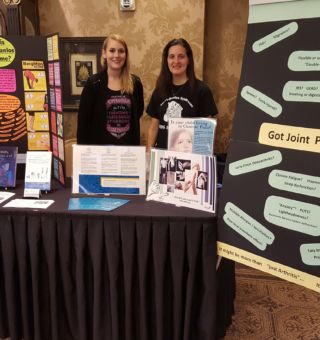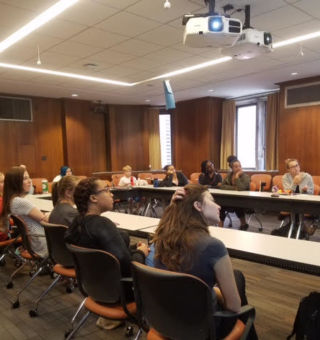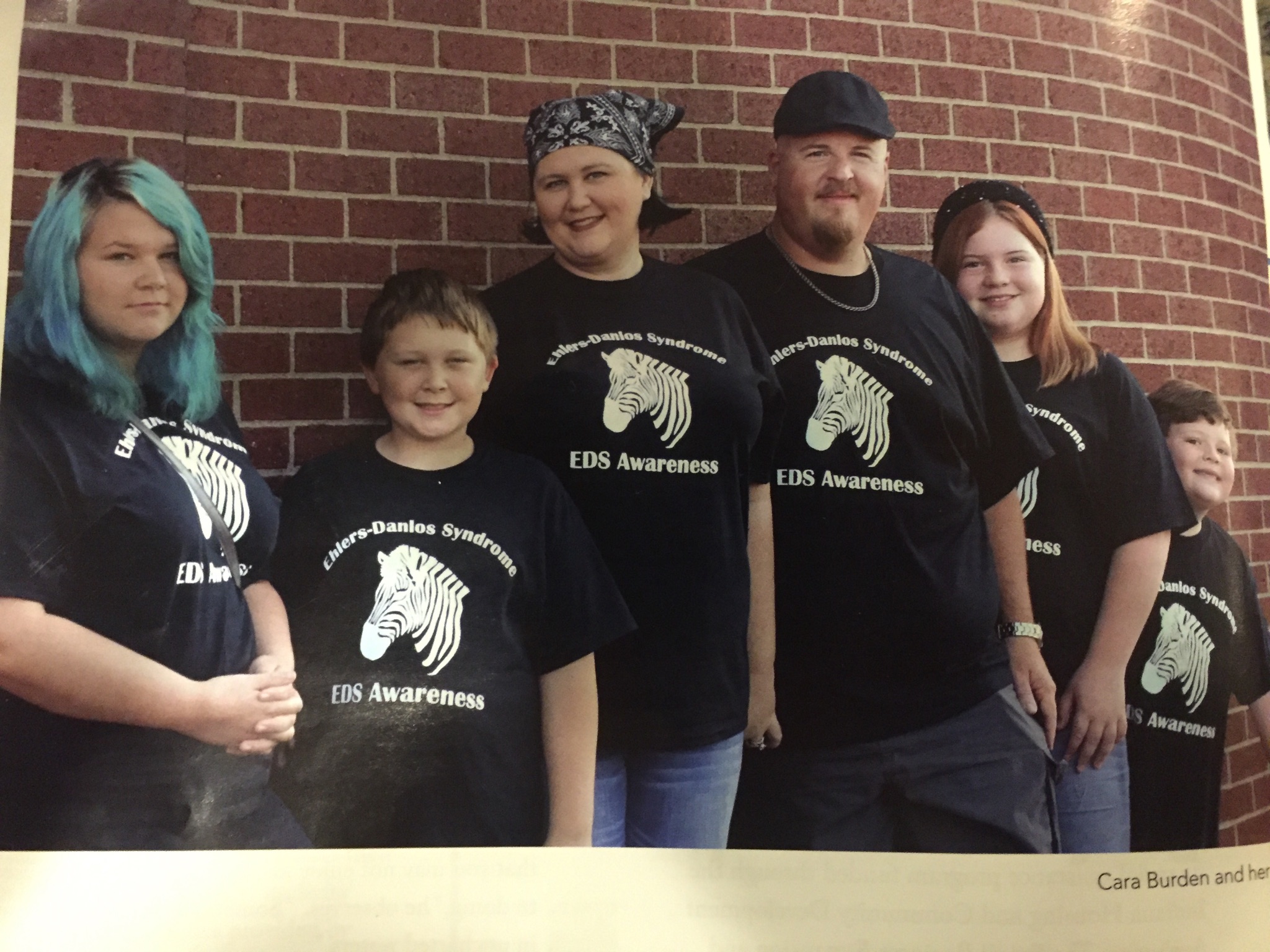Diagnosing EDS
[This content is outdated. Our team is currently working on an update. Stay tuned and come back later.]
Diagnostic criteria differs depending on which type of EDS is suspected. Criteria for the 3 most common types of EDS are described below.
Hypermobility Type:
The Hypermobility Type is the most common form of Ehlers-Danlos Syndrome. It is characterized by loose, hypermobile joints and chronic joint pain. This form of Ehlers-Danlos Syndrome was formerly called type III.
The clinical diagnosis of Hypermobility Type EDS is typically established by family history and clinical examination.
Diagnostic criteria for Hypermobility Type:
It is critical to use the current BRIGHTON DIAGNOSTIC CRITERIA for diagnosing Ehlers-Danlos Syndrome – Hypermobility Type (HEDS)/ formerly EDS III, aka Joint Hypermobility Syndrome (JHS/BJHS), Hypermobility Syndrome (HMS).
The Beighton Score is a diagnostic tool and only PART of the overall diagnostic criteria for HEDS.
The accepted criteria since 2000, the Brighton Diagnostic Criteria has been reproduced (as published) below.
_____________________________________________________________________________________
Brighton Diagnostic Criteria:
It is the REVISED 2000 DIAGNOSTIC CRITERIA for Ehlers-Danlos Syndrome – Hypermobility Type (formerly EDS III, aka HMS, JHS, BJHS)
Ehlers-Danlos Syndrome – Hypermobility Type (HEDS) is diagnosed in the presence two major criteria, or one major and two minor criteria, or four minor criteria. Two minor criteria will suffice where there is an unequivocally affected first-degree relative.
Major Criteria
- A Beighton score of 4/9 or greater (either currently or historically)
- Arthralgia for longer than 3 months in 4 or more joints
Minor Criteria
- A Beighton score of 1, 2 or 3/9 (0, 1, 2 or 3 if aged 50+)
- Arthralgia (> 3 months) in one to three joints or back pain (> 3 months), spondylosis, spondylolysis/spondylolisthesis.
- Dislocation/subluxation in more than one joint, or in one joint on more than one occasion.
- Soft tissue rheumatism. > 3 lesions (e.g. epicondylitis, tenosynovitis, bursitis).
- Marfanoid habitus (tall, slim, span/height ratio >1.03, upper: lower segment ratio less than 0.89, arachnodactyly [positive Steinberg/wrist signs].
- Abnormal skin: striae, hyperextensibility**, thin skin, papyraceous scarring.
- Eye signs: drooping eyelids or myopia or antimongoloid slant.
- Varicose veins or hernia or uterine/rectal prolapse.
Click here for a description of the Brighton Diagnostic Criteria
What is the Beighton Score?
The Beighton Score is a diagnostic tool and only PART of the overall diagnostic criteria for Ehlers-Danlos Syndrome – Hypermobility Type (HEDS)/ formerly EDS III (aka HMS, JHS, BJHS). Diagnosis of HEDS should be made using the Brighton Diagnostic Criteria.
The Beighton modification of the Carter & Wilkinson scoring system has been used for many years as an indicator of widespread hypermobility. A high Beighton score by itself does not mean that an individual has HEDS / formerly EDS III (aka HMS, JHS, BJHS). It simply means that the individual has widespread hypermobility.
View a video Demonstration of the Beighton Test and scoring.
Classical Type:
The Classical Type of EDS is characterized by highly elastic**, soft, and doughy skin, as well as unusual scarring and loose joints. This type of Ehlers-Danlos Syndrome combines the types formerly called I and II.
The clinical diagnosis of Classic Type EDS is typically established by family history and clinical examination.
Diagnostic criteria for Classical Type:
The combination of the first three major diagnostic criteria should have a high specificity for EDS, Classical Type. The presence of one or more minor criteria contributes to the diagnosis of the Classical Type of EDS, but is not sufficient to establish the diagnosis. The presence of one or more minor criteria contributes to the diagnosis of the Classical Type of EDS, but is not sufficient to establish the diagnosis.
Major Diagnostic Criteria for the Classical Type of EDS
- Skin hyperextensibility** should be tested at a neutral site (one not subjected to mechanical forces or scarring), such as the volar surface of the forearm. It is measured by pulling up the skin until resistance is felt. In young children, hyperextensibility of the skin is difficult to assess because of abundant subcutaneous fat.
- Widened atrophic scars (a manifestation of tissue fragility)
- Joint hypermobility depends on age, gender, and family and ethnic backgrounds. Joint hypermobility in Classical Type EDS is general, affecting both large and small joints. It is usually noted when a child starts to walk. It should be assessed using the Beighton scale[Beighton 1988], the most widely accepted grading system for the objective semi-quantification of joint hypermobility
- Positive Family History
Minor Diagnostic Criteria for the Classical Type of EDS
- Smooth, velvety skin
- Molluscoid pseudotumors: fleshy, heaped-up lesions associated with scars over pressure points such as the elbows and knees
- Subcutaneous spheroids: small, cyst-like, hard shot-like nodules, freely movable in the subcutis over the bony prominences of the legs and arms. They occur in about one-third of affected individuals, are numerous, and feel like hard grains of rice. X-ray reveals an outer calcified layer with a translucent core. The spheroids represent subcutaneous fat globules that have lost their blood supply, becoming fibrosed and calcified.
- Complications of joint hypermobility (sprains, dislocations,subluxations, pes planus)
- Muscle hypotonia, delayed gross motor development
- Easy bruising
- Manifestations of tissue extensibility and fragility (hiatal hernia, anal prolapse in childhood, cervical insufficiency)
- Surgical complications (postoperative hernias)
Vascular Type:
The Vascular Type of EDS is characterized by possible arterial or organ rupture as a result of spontaneous rupture of vessels or organs due to the result of even minor trauma. The Vascular Type of EDS is the most serious form of Ehlers-Danlos Syndrome.
The Vascular Type EDS is caused by mutations in the COL3A1 gene. There is a blood test available.
Diagnostic criteria for Vascular Type:
The combination of any two of the major diagnostic criteria should have a high specificity for the Vascular Type of EDS. The presence of one or more minor criteria supports the diagnosis of the vascular type of EDS but is not sufficient to establish the diagnosis. Biochemical testing is strongly recommended to confirm the diagnosis.
Major Diagnostic Criteria for the Vascular Type of EDS
- Arterial rupture
- Intestinal rupture
- Uterine rupture during pregnancy
- Family history of the vascular type of EDS
Minor Diagnostic Criteria for the Vascular Type of EDS
- Thin, translucent skin (especially noticeable on the chest/abdomen)
- Easy bruising (spontaneous or with minimal trauma)
- Characteristic facial appearance (thin lips and philtrum, small chin, thin nose, large eyes)
- Acrogeria (an aged appearance to the extremities, particularly the hands)
- Hypermobility of small joints
- Tendon/muscle rupture
- Early-onset varicose veins
- Arteriovenous carotid-cavernous sinus fistula
- Pneumothorax/pneumohemothorax
- Chronic joint subluxations/dislocations
- Congenital dislocation of the hips
- Talipes equinovarus (clubfoot)
- Gingival recession
RESOURCES
In that spirit, here are a handful of supportive pieces of information that we hope will help readers who are differently abled:
SSI Child Disability Starter Kit (for children under age 18)
https://www.ssa.gov/disability/disability_starter_kits_child_eng.htm
Parenting with Disabilities: A Guide to Home Modifications
https://www.homeadvisor.com/r/parenting-with-disabilities-home-modification-guide/
10 Types of Service Dogs and What They Do
https://www.dogster.com/lifestyle/10-types-of-service-dogs-and-what-they-do
Life-changing companions: How to afford a service dog
https://www.bankrate.com/loans/personal-loans/how-to-afford-a-service-dog/
Building a Wheelchair Ramp: What you should know before tackling the project
https://abilitytools.org/blog/building-a-wheelchair-ramp-what-you-should-know-before-tackling-the-project/
Don’t Let Disabilities Get in the Way of Getting the Job
https://www.monster.com/career-advice/article/job-hunting-with-a-disability
The Ultimate Guide to Finding and Renting Housing With Disabilities
https://www.thezebra.com/renting-with-disabilities/
Transportation and Travel for People with Disabilities
https://www.medicalhomeportal.org/living-with-child/after-a-diagnosis-or-problem-is-identified/caring-for-children-with-special-health-care-needs/transportation-and-travel-for-people-with-disabilities
*Diagnostic criteria was developed by a medical advisory group in a conference (sponsored by the Ehlers-Danlos Foundation [USA] and the Ehlers-Danlos Support Group [UK]) at Villefranche in 1997[Beighton et al 1998]
**Skin hyperextensibility is assessed at a site lacking excess or loose skin and without evidence of prior trauma by gently pulling until resistance is met. Extensor surfaces of joints should not be used because of the presence of excess skin. An ideal location is the volar surface of the forearm, where the upper limit of normal is approximately 1-1.5 cm.


